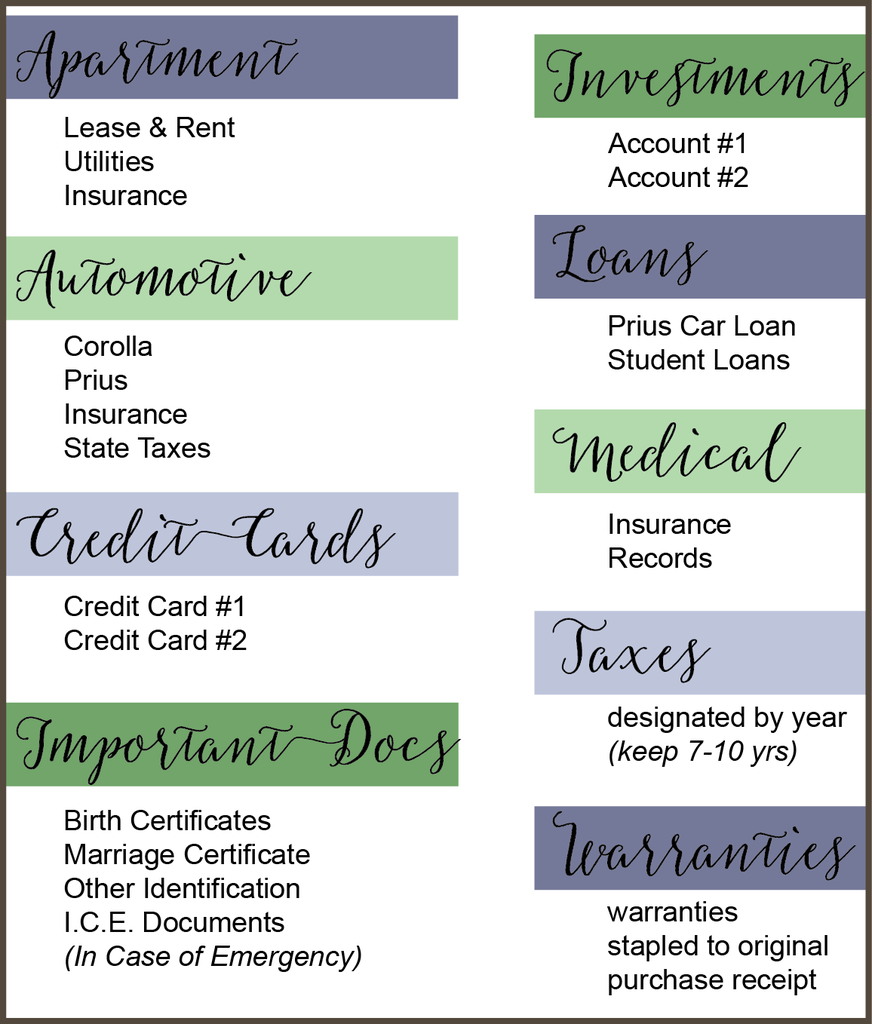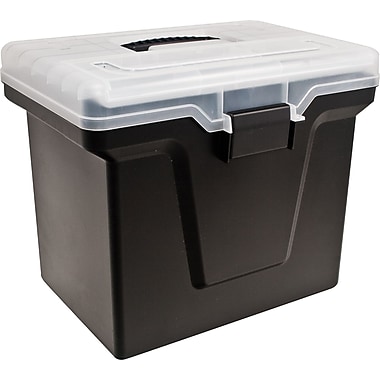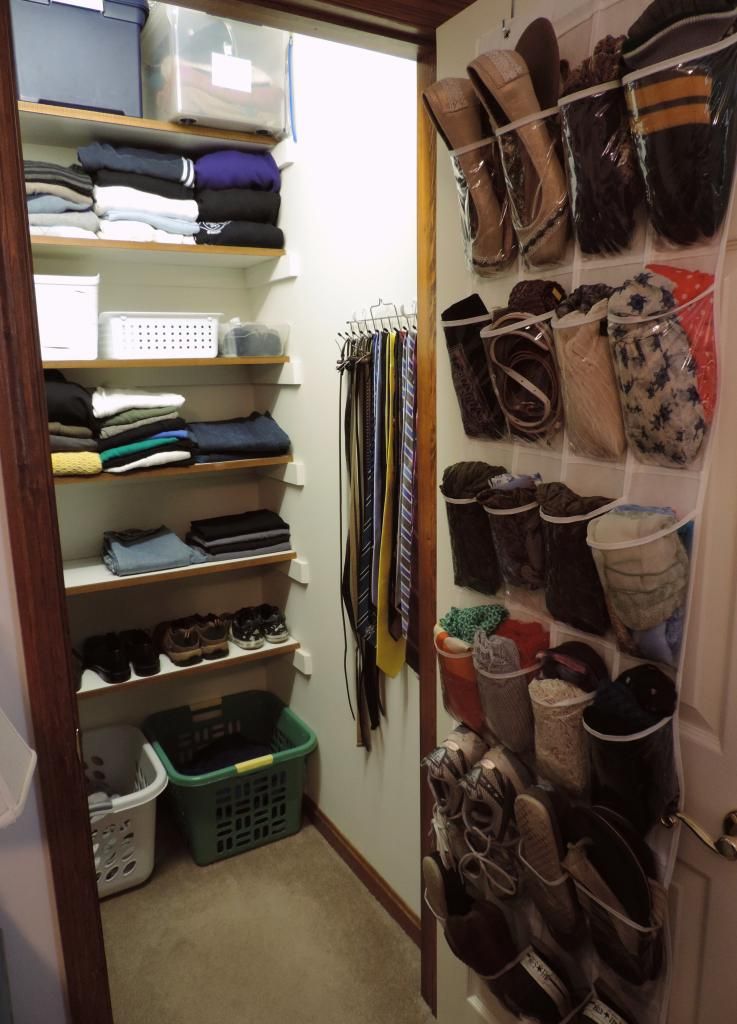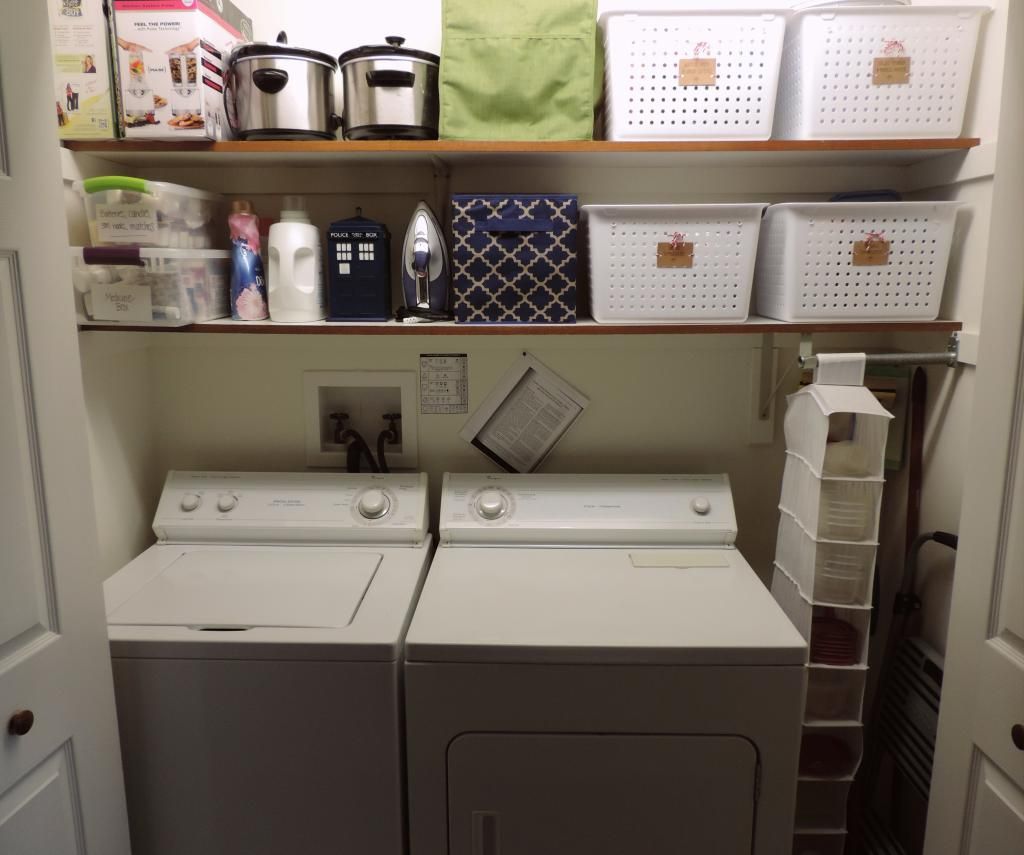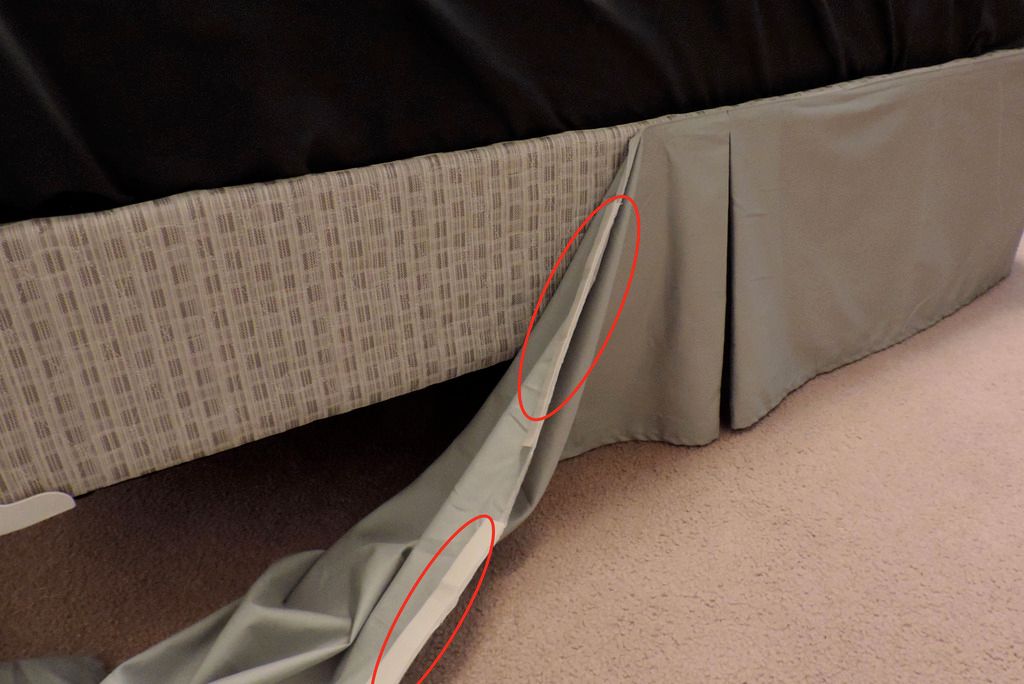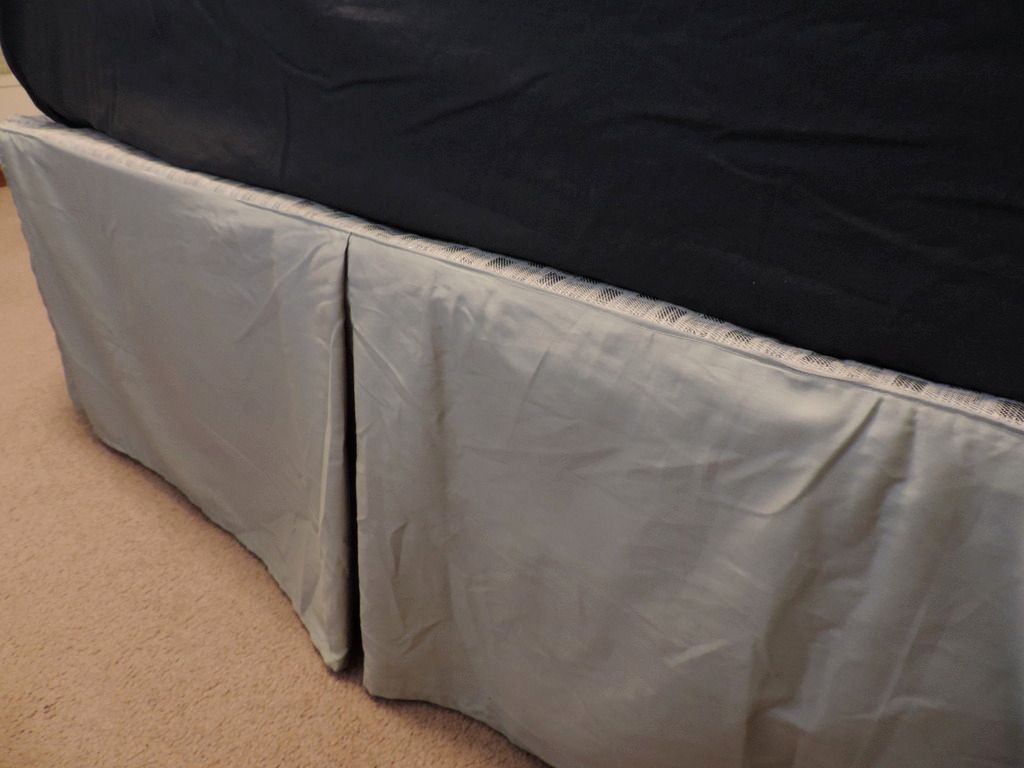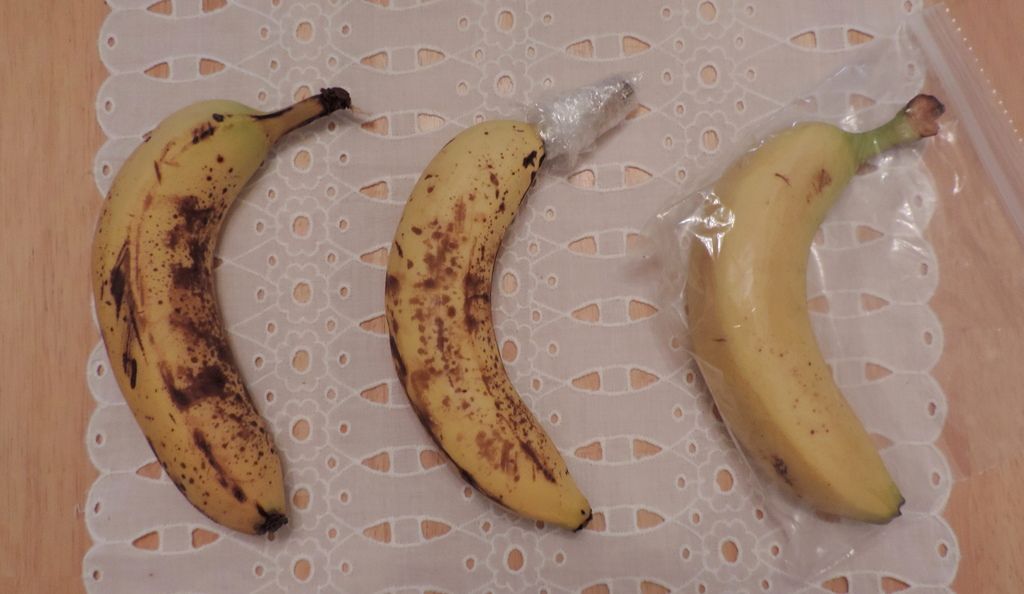Though I can't seem to find the actual origin of this award, the basic idea is that it is a way for bloggers to recognize great content and to connect with other bloggers...which is what all this blogging stuff is about: community!
To participate, I answer 11 questions (provided by Aubrey) and then nominate some of my favorite bloggers in turn! Fun, huh? So, here goes:
1. How did you decide on the title of your blog, and what is it about?
As I share on my About Me page, the title "A Song for the Birds" comes from one of my all-time favorite songs: Simple Life by the Weepies, which helps me remember my goal of living simply.
2. Where does your blogging inspiration come from?
My inspiration comes from our simple, normal life. Either projects I'm working on, things I'm learning, or our experiences—I guess it's just a way for me to document the beauty of the everyday.
3. Can you give 11 random facts about yourself?
- I'm shockingly caffeine-sensitive for someone who wears a green apron to work
- In a failed attempt to make my high school bball coach angry, I semi-accidentally made the cheerleading team
(then stayed for 4 years and loved it)
- I have a Build-A-Bear named Grant whose namesake was an extremely attractive waiter I once had at a Steak &
Shake (he's super cute and snuggly—the bear, to clarify)
- Although definitely not a runner, I completed the Chicago Marathon (side-by-side with my incredible mom!)
- I am irrationally and extremely suspicious of cauliflower. I also hate beans. And circus peanut candy.
- I've played the violin since I was six, but really, I just want to learn to play the cello
- My first job was as skating rink attendant...striped shirt and whistle included...ugh!
- I really like spicy food, even though I'm allergic to black pepper
- I consider myself pretty old fashioned and actually think I could've done very well during another time period
(Despite my enjoyment of this blog, I'm not a huge fan of technology)
- Cool Mint Oreos are my kryptonite—I could eat an entire bag in one sitting. Definitely.
- I'm a super huge ridiculous scaredy-cat. I can't even watch parody horror movies.
4. What was your biggest accomplishment of 2014?
Although not technically an accomplishment, per say, getting married in Jan 2014 was definitely the best, most memorable part of the year! My best friend is awesome.
5. What is it you love most about blogging?
Meeting new people, reading other blogs, and feeling like in a small way I maybe contribute to someone else's life...maybe. It's also a fun creative outlet!
6. If you had 3 wishes, what would they be?
- To have better financial security (a goal we're diligently working towards every day)
- To be able to travel more
- To be able to heal other people's hurts
I am extremely blessed and content!
7. What is one country in the world you would like to visit? Why?
England. Hands-down. I would love to be able to see London but then to spend some time traveling the countryside. And maybe also some of Ireland.
8. What are you currently watching or reading?
Lately, I've been perusing a 1970s-era handbook on home entertaining (a clearance section find) and studying the book of Hebrews. Watching-wise, I just finished re-enjoying the BBC mini-series Cranford. Also, Strider and I watched Hector and the Search for Happiness recently and that was pretty great.
9. If you could live anywhere in the world, where would it be?
In a cottage in the English countryside...but only if I could bring my family and closest friends with. I honestly don't really care where I live as long as the people I love are nearby.
10. What is something you do when you need to take time for yourself?
Blog, home projects, or putting together gifts for family & friends. I really love giving gifts!
11. Where do you see yourself in five years time?
Still loving married life to Strider and hopefully, a mom. I honestly don't try to think about this too much, and instead try to focus on the now and trusting God to lead our future in the way He wants it to go.
So that's me and A Song for the Birds in a nutshell, I suppose! Thank you, again to Aubrey for my nomination. Now, I'm supposed to nominate 11 bloggers, BUT frankly, there are just too many amazing ladies out there.
Now, INSTEAD of just nominating a few people, please take a minute to check out my Community page and visit
And if you have a blog, feel free to take this as my nomination for your page too!
Here are the instructions if you want to participate:
- Answer the questions below.
- When you're done, comment on this post with your link so I can see your answers!
- Link back to your nomination in your post.
- Nominate your fav bloggers and give them 11 questions of your choice.
- Notify your nominees of their nomination and provide a link to your post so that they know what to do.
And here are the questions:
1. How did you decide on the title of your blog, and why?
2. From where do you find inspiration?
3. Will you share 11 random facts about yourself (please)?
4. What is your biggest goal for the rest of 2015?
5. Do you have any irrational fears or habits?
6. If you had 3 wishes, what would they be?
7. What is one country in the world you would like to visit? Why?
8. What are you currently watching or reading?
9. What wild career did you want to pursue when you were younger?
10. What is something you do when you need to take time for yourself?
11. Where do you see yourself in five years time?
1. How did you decide on the title of your blog, and why?
2. From where do you find inspiration?
3. Will you share 11 random facts about yourself (please)?
4. What is your biggest goal for the rest of 2015?
5. Do you have any irrational fears or habits?
6. If you had 3 wishes, what would they be?
7. What is one country in the world you would like to visit? Why?
8. What are you currently watching or reading?
9. What wild career did you want to pursue when you were younger?
10. What is something you do when you need to take time for yourself?
11. Where do you see yourself in five years time?









